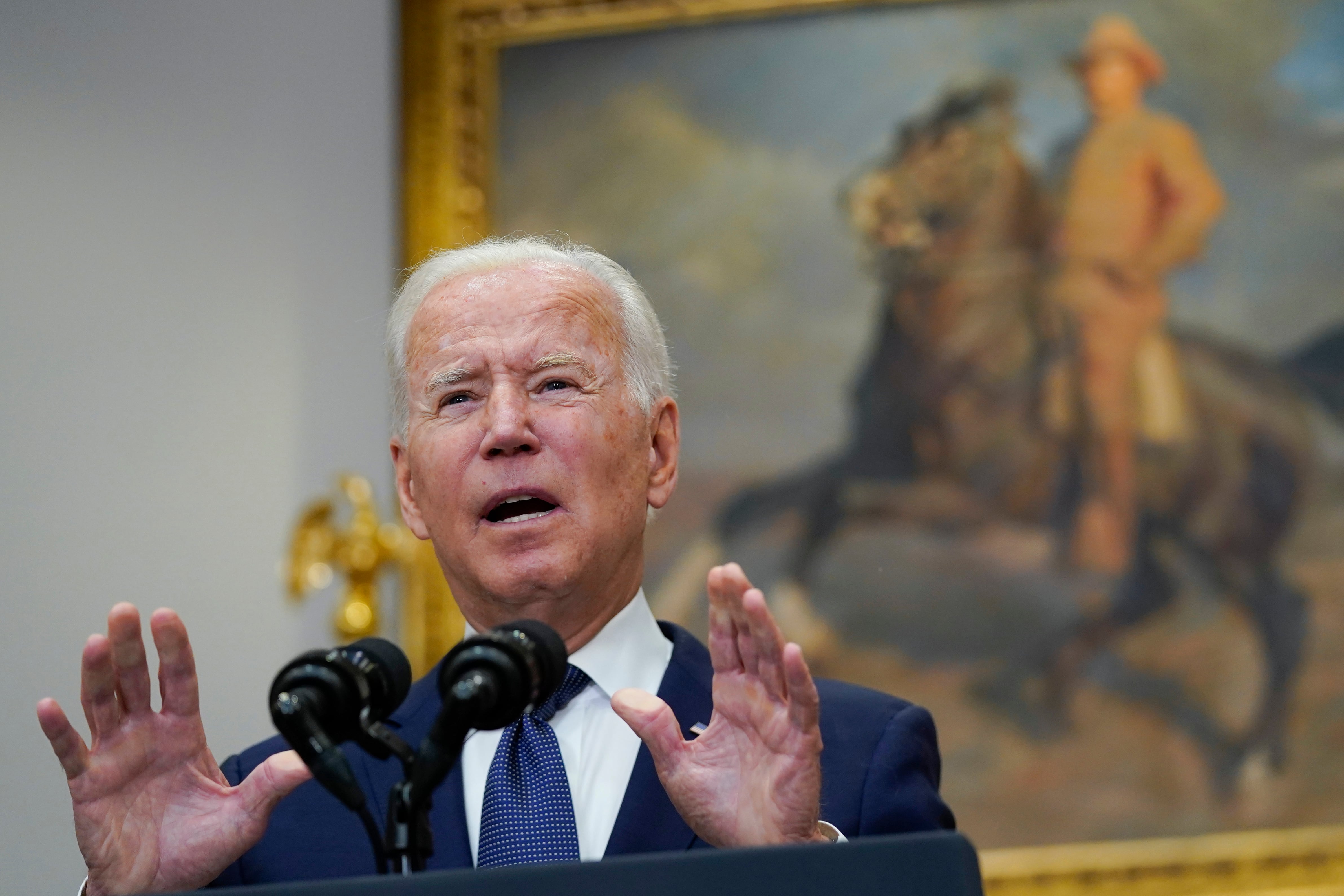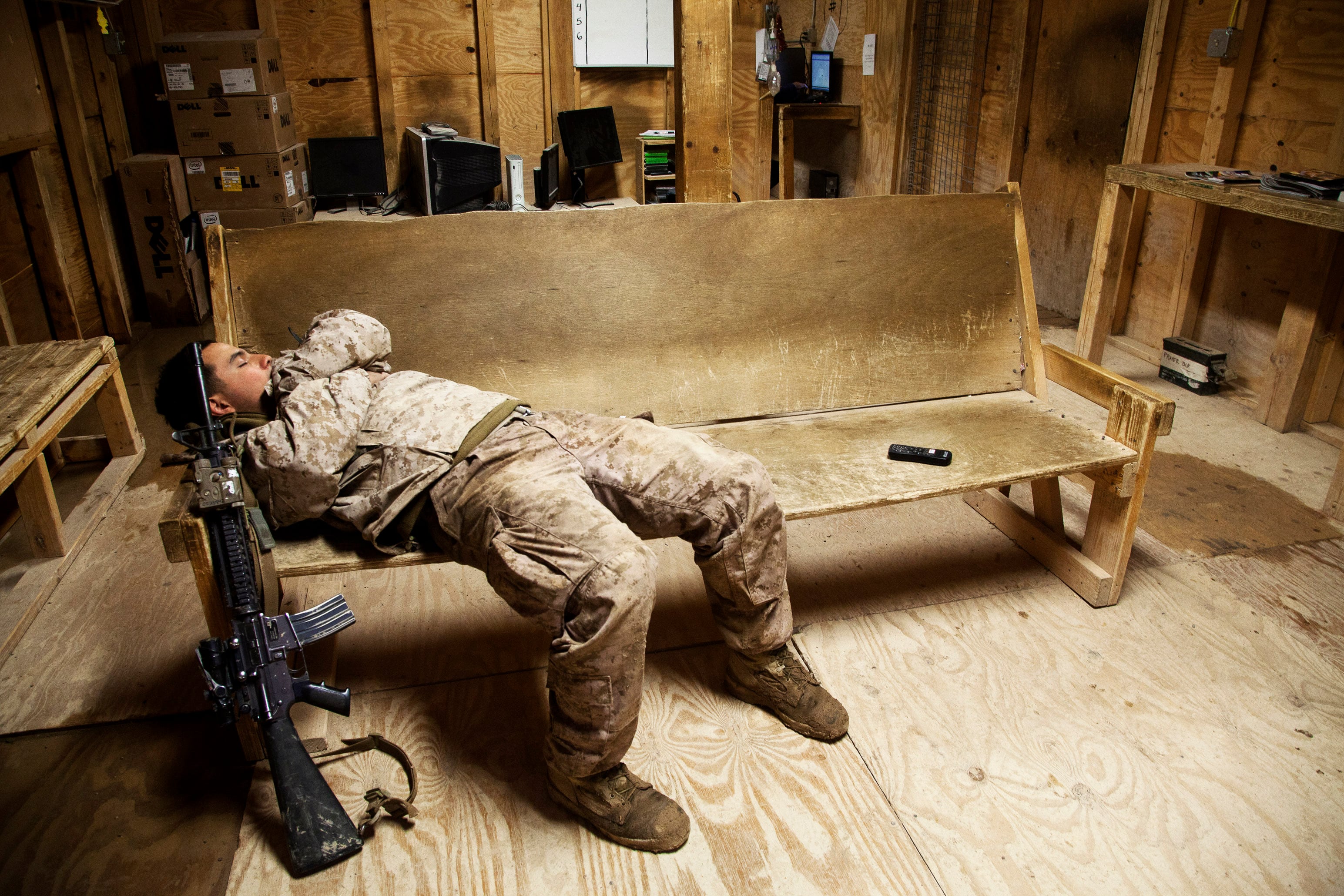The international jihadi terrorist threat to the United States is down since the al-Qaida attacks of 20 years ago. Not through war or other uses of organized violence, but through cooperation, use of legal and financial tools, and strengthening homeland defense and resilience.
When it comes to international or foreign groups that want to target the United States, their capabilities — as well as their will — matter in assessing the threat. Fortunately for the United States, their capabilities are quite limited. Al-Qaida’s ability to mount another attack on U.S. soil has been seriously diminished over the past 20 years. Intelligence sharing, increases in homeland security, international tracing and blocking of financial flows, and cracking down on communications have all contributed to breaking down al-Qaida’s communications and planning abilities, reducing its funding, and diminishing its organizational and command authority. It has also lost a series of seconds-in-command, not to mention Osama bin Laden. These weaknesses lessen the threat that it poses to the United States. Also contributing to the United States’ relative position of strength is the astounding luck that facilitated the 9/11 attacks. The fact that it took a number of lucky breaks for the attacks to succeed suggests that another spectacular is less rather than more likely.
RELATED

As the Taliban work to extend their rule over all of Afghanistan, their relationship with jihadi groups remains primarily competitive rather than collaborative. The Taliban themselves are reactionary nationalists eager to impose their version of conservative Pashtun social mores on Afghanistan. Some factions retain ties to al-Qaida while others remember the disaster that al-Qaida’s 9/11 attacks brought on them and on Afghanistan. The Taliban are also likely to continue trying to destroy or drive out the Islamic State of Khorasan, an al-Qaida inspired group with aspirations to form a new caliphate. IS-K, meanwhile, has been focused on targets within Afghanistan rather than trying to strike U.S. interests. The group is small, perhaps no more than 2,000 scattered members in eastern Afghanistan with relatively little military capability, command and control, and unity of effort. Fending off the Taliban is likely to keep IS-K busy for the foreseeable future.
Assessing the international jihadi terrorism danger to the United States means recognizing that the majority of Muslim and Islamic terrorist and insurgent groups are focused on their own government and people, not the United States. Examples include the Taliban and thus far IS-K. Fawaz Gerges famously identified this as a focus on the near enemy. Many in the West were surprised to learn after 9/11 that al-Qaida focused on the far enemy, primarily the United States. Al-Qaida was determined to weaken the United States to force it to withdraw support for corrupt, repressive near enemies such as the Egyptian and Saudi governments. Bin Laden wanted to drive the United States out of the Middle East so he and his group could topple the corrupt dictators in the region and create a more just and godly system.
The immediate threat is of jihadi groups fighting their own governments in their own lands and in adjacent areas. That danger is to those governments and people rather than to the United States. There is little the United States can do in these cases. U.S. and partner efforts in Somalia, Yemen, Mali, Nigeria, Niger, and elsewhere have not reduced the political violence or weakened the terrorist and insurgent groups active there. U.S. support for repressive, corrupt governments has enabled greater repression and corruption. Political violence has spread rather than receded. Civilian costs continue rising.
In the United States and Western Europe, rather than more attacks akin to 9/11, we see so-called lone wolf or mad dog attacks by individuals or small groups. These killings are tragic, but they they do not pose an existential threat to any state. These attacks are likely to continue. Whether we judge the fundamental cause of these attacks ideological or psychological, or both, it is very difficult to stop an individual or small group determined to kill a lot of people quickly. This is the case with school shooters, movie theater shooters, casino shooters, and others such as the two anti-government terrorists who bombed the federal building in Oklahoma City in 1995 and the anti-abortion, anti-government terrorist who bombed the Olympics in Atlanta in 1996.
RELATED

There are naturally U.S. military concerns that the U.S. withdrawal from Afghanistan could allow al-Qaida and the Islamic State of Khorasan room to attack the United States. As far as al-Qaida goes, the will may be there but the capability is not. Al-Qaida lost most members and its ability to directly threaten U.S. territory after 2001. CENTCOM commander Marine Gen. Frank McKenzie said last month that al-Qaida is trying to rebuild within Afghanistan. McKenzie said al-Qaida retains “an aspirational desire” to attack the United States. It remains unclear whether all elements within the Taliban are willing to cut ties to al-Qaida
There are good political reasons for the administration to warn of the potential of attacks launched from Afghan soil. The U.S. government must keep its eye on low probability, high cost events, and low probability, high political cost events as well. The reduction in information coming out of Afghanistan with the U.S. and partner withdrawal has been a concern for some time. Colin Kahl, undersecretary of defense for policy, warned in October that IS-K has the intention to strike the United States and might be able to do so within six months. Al-Qaida, he said, could reconstitute its abilities within a year. And yet, Kahl also said that intelligence officials say the risk to the American homeland “is at its lowest point since Sept. 11, 2001.”
So, what to do? The single most important step that the United States can take to protect the homeland is to increase domestic resilience and defense. Harden nuclear power sites, natural gas plants, railroads carrying huge tanks of corrosive chemicals. Along with these steps — sometimes resisted by the industries involved because of their cost — the United States should restore the strength of its first responders. Medics, hospitals, police, firefighters, environmental crisis response departments — all have been hollowed out by budget cuts. These organizations and people are critical from the moment an attacker strikes whether they are local, at the county level, or the state level. They respond to planned attacks as well as executed attacks. Without them, the human, environmental, and business costs of an attack within the United States is likely to be far higher.
The clear policy choice given the government’s assessment of the international jihadi threat is to continue strengthening homeland resilience and continue other non-kinetic anti-terrorism efforts. Building resilience and hardening defenses has declined in public importance over the past 20 years. The United States, partners, and international organizations also have other powerful tools. These tools include the efforts that have already degraded al-Qaida’s strength. They include global financial constraints on the movement of money by states, individuals, and international organizations, and intelligence sharing with partners, including the nastier ones who also have reason to fear malign non-state actors.
Finally, governments may find it useful to make clear to the public that it is impossible to prevent all non-state political violence. Reducing fear, panic, and the bad political choices that follow is a priority. The British government was successful in retaining a stiff upper lip approach during the Irish Republican Army campaign that ended with the Good Friday agreement of 1998. A public that recognizes the impossibility of perfect safely is more likely to respond to any type of attack with the necessary fortitude.
Jacqueline L. Hazelton is an associate professor at the U.S. Naval War College. Her recent book is “Bullets Not Ballots: Success in Counterinsurgency Warfare,” from Cornell University Press. These views are hers alone, not that of any organization.
Have an opinion?
This article is an Op-Ed and as such, the opinions expressed are those of the authors. If you would like to respond, or have an editorial of your own you would like to submit, please email Military Times Managing Editor Howard Altman.
Want more perspectives like this sent straight to you? Subscribe to get our Commentary & Opinion newsletter once a week.





